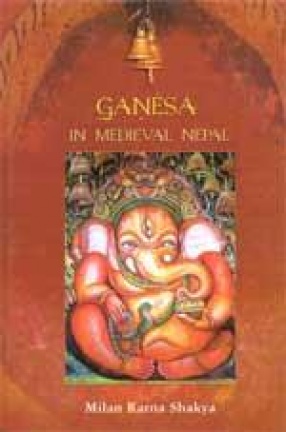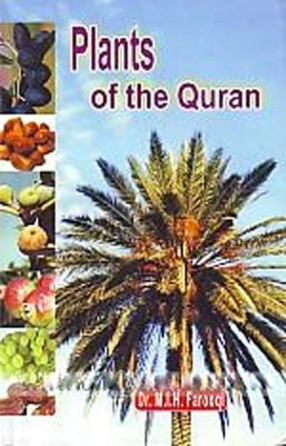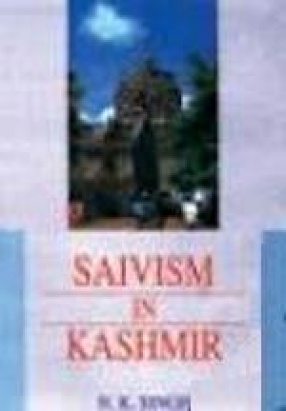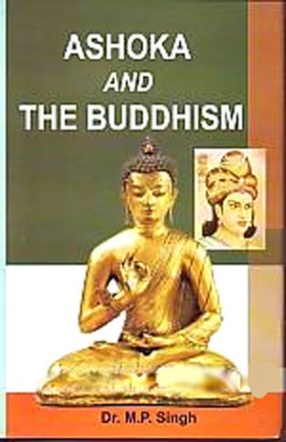Ganesa, the elephant-headed God, is a popular deity all over South Asia. Worshipped as Vighnesavara or Vighnaraja, Ganesa is propitiated before embarking on any venture as he is the remover of obstacles, the regulator of success, and symbolises auspicious beginnings. In Ganesa in Medieval Nepal, Milan Ratna Shakya explains the different aspects of Ganesa in the Malla age in Nepal, when the deity was known as Inaya, and all religious worship or ceremony began with him as Agra-Pujaka, Adi-Vinayaka or Adou-Vinayaka. The rise of the tantric cult during the medieval period in Nepal synthesised both Hinduism and Buddhism in Kathmandu valley. As a result, Ganesa is initiated and worshipped–with different symbolic objectives–even by Buddhists. Ganesa is also structured with the tantric living divinities of Kumari and Bhairava in Kathmandu valley ever since the medieval ages. Ganesa in Medieval Nepal is not only relevant in Nepal, but in all regions where Hinduism is followed. This book is a complete study of the Ganesa cult.
Plants of the Quran
$18.00
$20.00





There are no reviews yet.